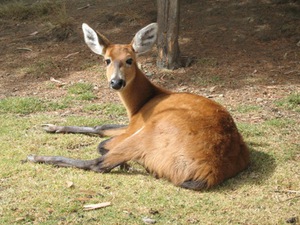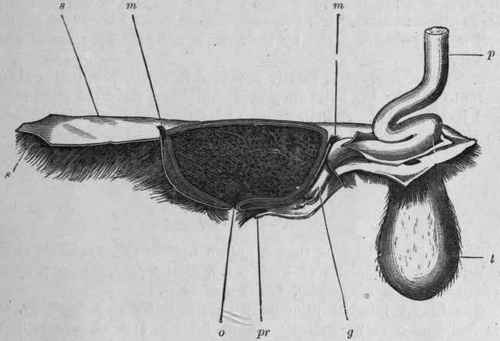[1] A Complete English Dictionary of Medicinal
Terms in Chinese Acupuncture and Herbalism 1981- Henry Lu Chinese Foundations
of Natural Health- The Academy of Oriental Heritage, Vancouver, Canada.
[2] Rowe, David J. (Ed.); Philip Kraft (2004). "Chapter 7. Aroma Chemicals
IV: Musks". Chemistry and Technology of Flavours and Fragrances. Blackwell.
ISBN 0-8493-2372-X.
[3] A Text Book Of Materia Medica, Being An Account Of The More Important Crude
Drugs Of Vegetable And Animal Origin", by Henry G. Greenish.
Images
1.
2.
chestofbooks.com
Moeller, after Brandt
3.
en.wikipedia.org by
乌拉跨氪
CC BY-SA 3.0
Musk yields by distillation with steam and subsequent purification a small percentage
of a viscid colourless oil with a very powerful and agreeable odour of musk; this
oil appears to be a ketone and has been termed muskone. The drug contains moisture,
fatty matter, resin, proteids, and inorganic substances. Water dissolves from
50 to 75 per cent. of it, but alcohol only 10 to 12 per cent. It should not contain
more than 15 per cent. of moisture, or yield on incineration more than 8 per cent.
of ash.[1]
References
[1] A Text Book Of Materia Medica, Being An Account Of The More Important Crude
Drugs Of Vegetable And Animal Origin", by Henry G. Greenish.



